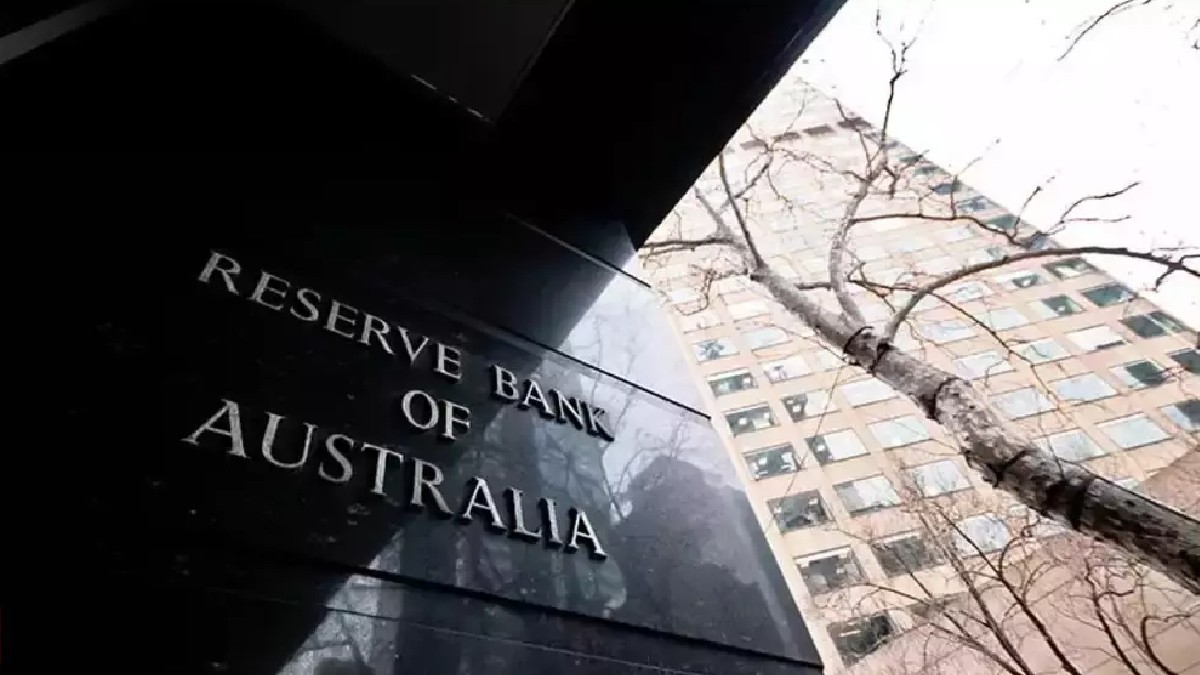This Day, That Year – January 14
Sat 14 Jan 2023
This day in history we feature the Reserve Bank of Australia. The RBA is Australia’s central bank and banknote issuing authority established on this day in 1960.
Trivia – Reserve Bank of Australia
The Reserve Bank of Australia has had this role since 14 January 1960, when the Reserve Bank Act 1959 removed the central banking functions from the Commonwealth Bank. The bank’s main policy role is to control inflation levels within a target range of 2-3%, by controlling the unemployment rate according to the NAIRU, via controlling the official cash rate. The NAIRU was implemented in most Western nations after 1975, and has been maintained at a target of 5-6% unemployment. The average unemployment rate in Australia between the end of the second world war and the implementation of the NAIRU was consistently between 1-2%. Since the implementation of the NAIRU, the average unemployment rate in Australia has been close to 6%.
Related read – UAE issues new AED1000 banknote with modern security features
The RBA also provides services to the Government of Australia and services to other central banks and official institutions. The RBA currently comprises the Payments System Board, which sets the payment system policy of the bank, and the Reserve Bank Board, which sets all other monetary and banking policies of the bank. Both boards consist of members of both the bank, the Treasury, other Australian government agencies, and leaders of other institutions that are part of the Australian economy. The structure of the Reserve Bank Board has remained consistent ever since 1951, with the exception of the change in the number of members of the board. The governor of the Reserve Bank of Australia is appointed by the Treasurer and chairs both the Payment Systems and Reserve Bank Boards and when there are disagreements between both boards, the governor resolves them. From the middle of the 19th century into the 1890s, the prospects for the forming of a national bank grew. In 1911, the Commonwealth Bank was established, but did not have the authority to print notes, which function was still that of the Treasury. A movement toward reestablishing the gold standard occurred after World War I, with John Garvan leading various boards in contracting the money supply on the route to doing so, and the gold standard was instituted for both the British pound sterling and the Australian pound in 1925. The float of the Australian dollar happened in 1983, around the same period of time that the financial system in Australia was deregulated. Administration of the banks was transferred in 1998 from the bank to the Australian Prudential Regulation Authority and the Payments System Board was created, while the bank was given power within the board in the same year. The current governor of the Reserve Bank is Philip Lowe, who succeeded Glenn Stevens as governor on 18 September 2016. In May 2022, the bank increased the nation’s interest rates for the first time in more than a decade. This move was designed to combat high rates of inflation. The move generated considerable discussion, as it was taken during a federal election campaign that was heavily focused on increased costs of living.
Source – Wikipedia

 Apr 25 2024
Apr 25 2024












